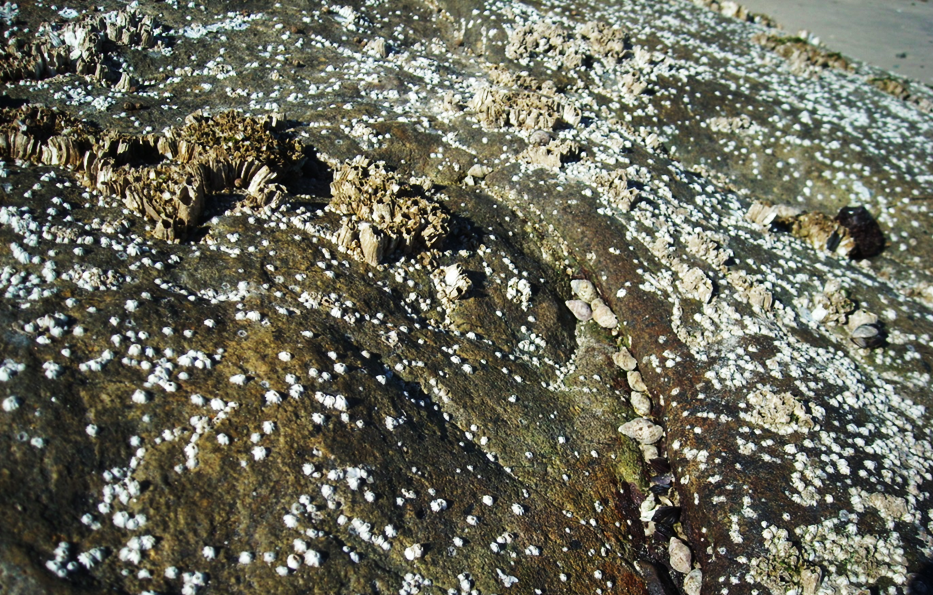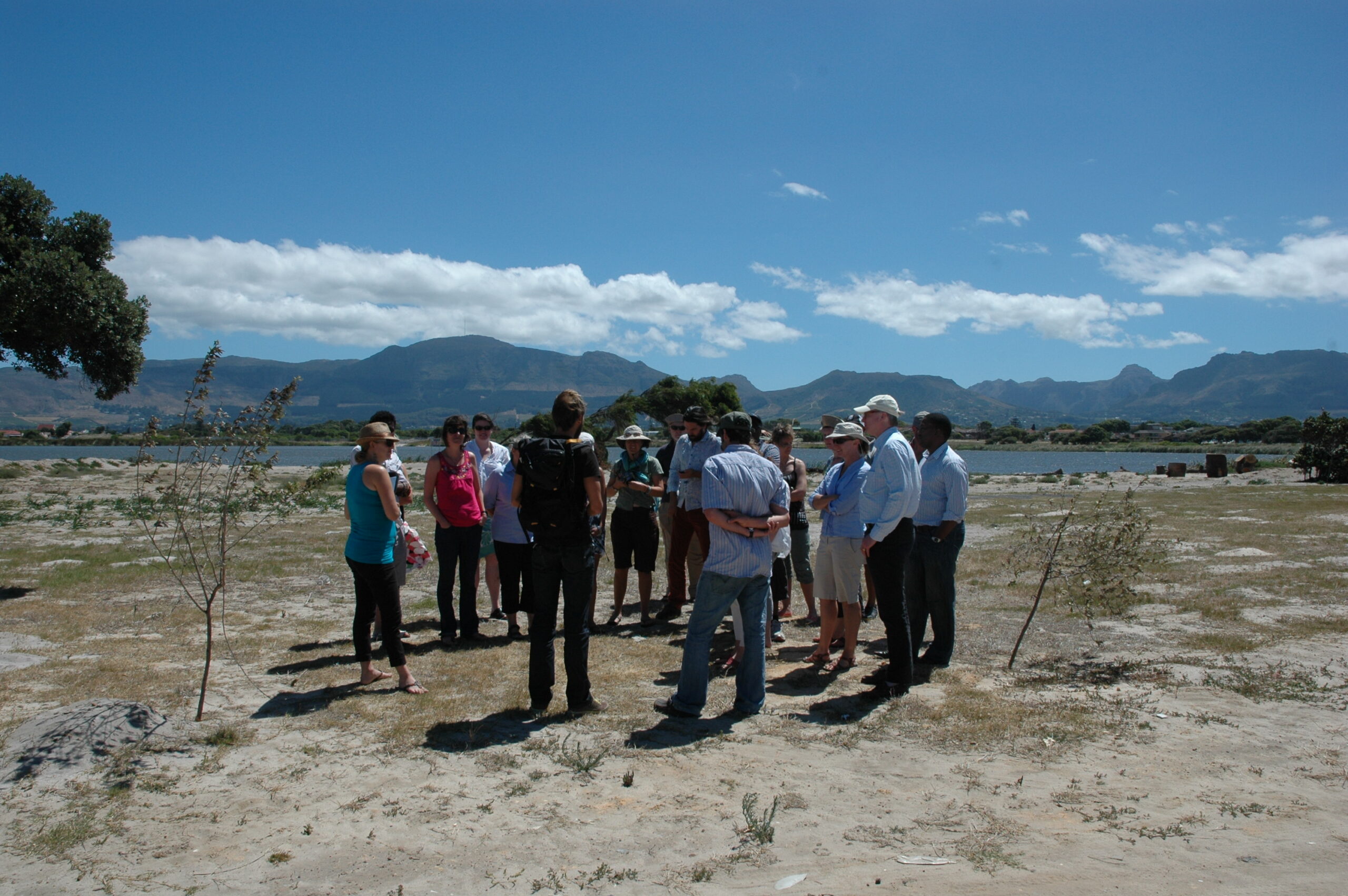Climate change detected in our National Parks
Most of us have heard that climate change is likely to impact our lives in the next few decades, but in many instances the reality of climate change has not been made apparent. One of the key questions is what will happen to our national parks and the biodiversity that they conserve?





